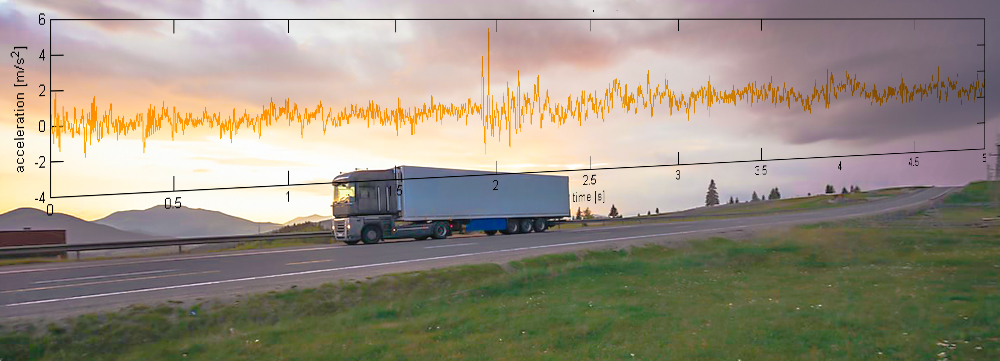
When transporting products from one location to another, we use packaging materials and technologies to protect them from the various hazards present within the distribution environment.
Some of those hazards are climatic (temperature, humidity, atmospheric pressure) and some are dynamic (shock, vibration, compressive forces). Shock and vibration dynamics possess energy that has the potential to cause both physical and cosmetic damage to packaged products.
Over the next series of Lansmont communications, we’ll dig into the vibration hazard, explaining how it’s different than shock, and why you need to be concerned with it. Let's get started with a basic comparison of shock and vibration dynamics and their differentiating characteristics. What is a Shock event? Shock and vibration are described by the same unit of measure – the change in acceleration (G) over time. The difference between the two is primarily defined by how that change in acceleration occurs over time. From a distribution packaging perspective:
- Shock events can be described as sudden, quick, and transient - lasting only fractions of a second. Once it occurs, it’s over.
- Shock events possess comparably more severe acceleration amplitude than vibration inputs.
- Risk of exposure to many Shock events during transport is comparably less than vibration input. No pun intended, but transport shock is hit-or-miss!
The 275g shock event in Figure 1 occurs over just a few milliseconds and the entire recording window is only 30 milliseconds.
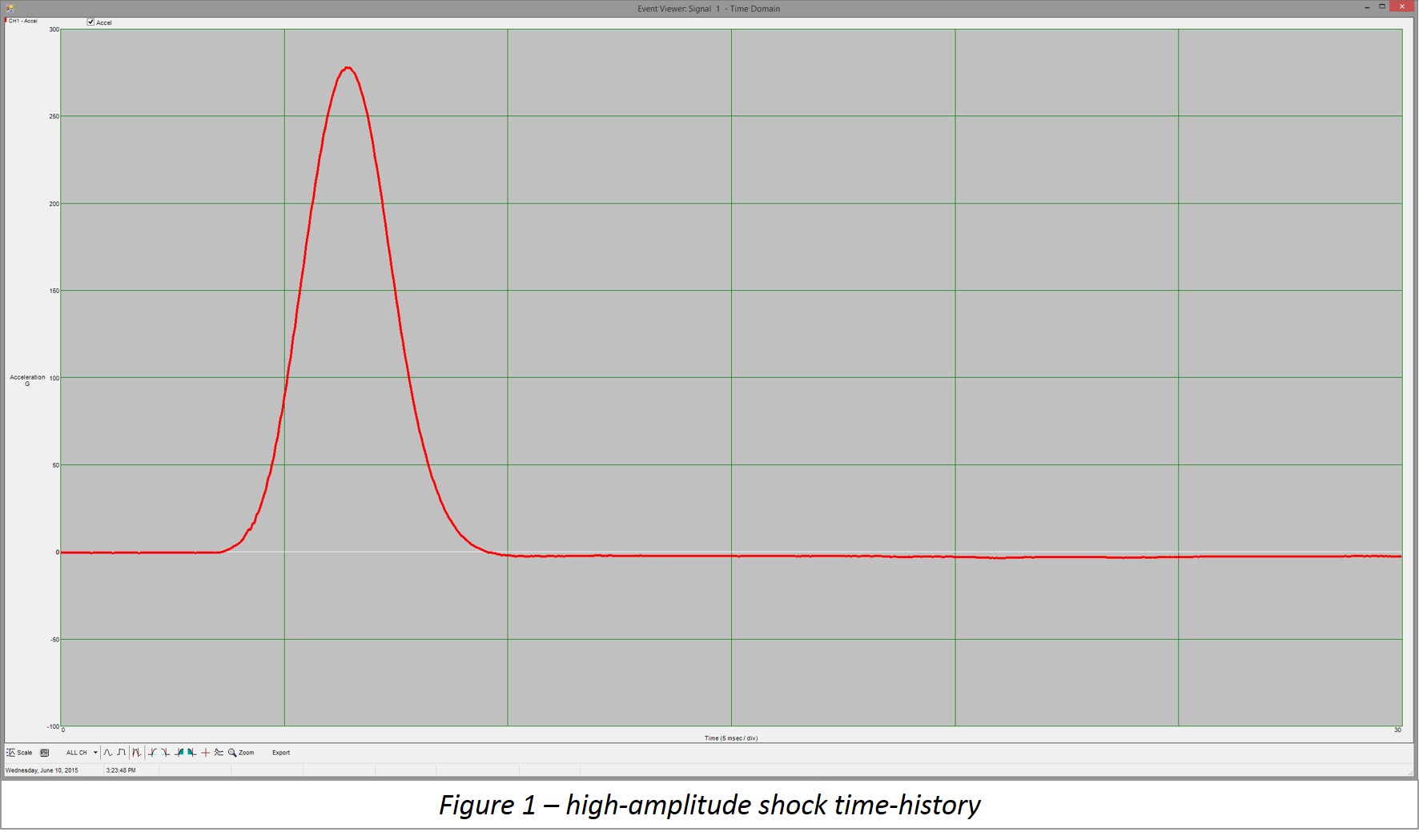
What about Vibration? Vibration is an oscillatory motion that occurs about an equilibrium, or symmetrical reference - think bouncing up and down. Vibration tends to occur continuously over some length of time. Think of a truck or railcar sitting at rest. When that vehicle starts to move, dynamic inputs are transmitted from the interface surface (road, rails) upwards through the vehicle suspension and into the cargo. When a vehicle is physically moving - there will be vibration – it is unavoidable. From a distribution packaging perspective:
- Vibration occurs throughout transport, and the total time of exposure is of concern.
- Vibration intensity (amplitude) is comparably less severe that shock inputs.
- Unlike shock however, vibration is unavoidable during transport.
The vibration event in Figure 2 has a maximum amplitude of only 0.8g and the dynamic lasts continuously over the entire 1,000 millisecond recording window.
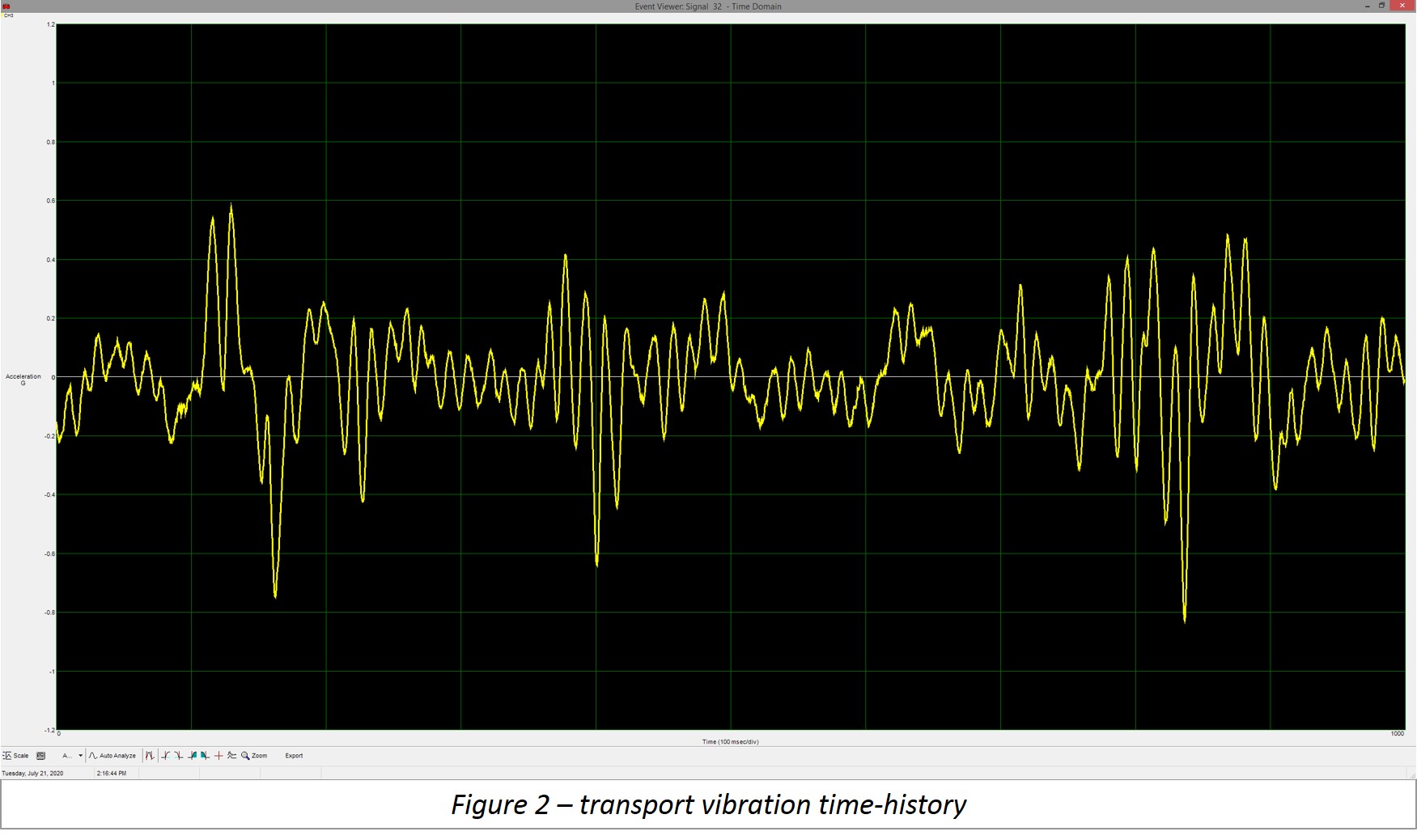
In Part 2, we’ll define vibration in simple terms and discuss how we take time-domain vibration data and subsequently describe that data in the frequency-domain, using what's called a Power Spectral Density plot.
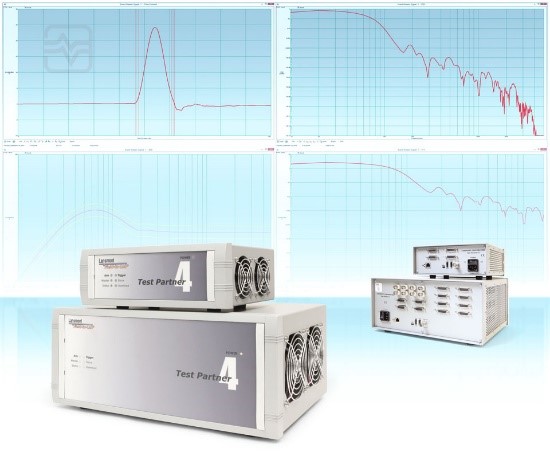 |
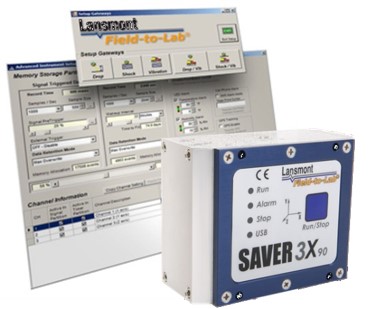 |
Test Partner Shock Data Acquisition |
SAVER Shock & Vibration Instruments |